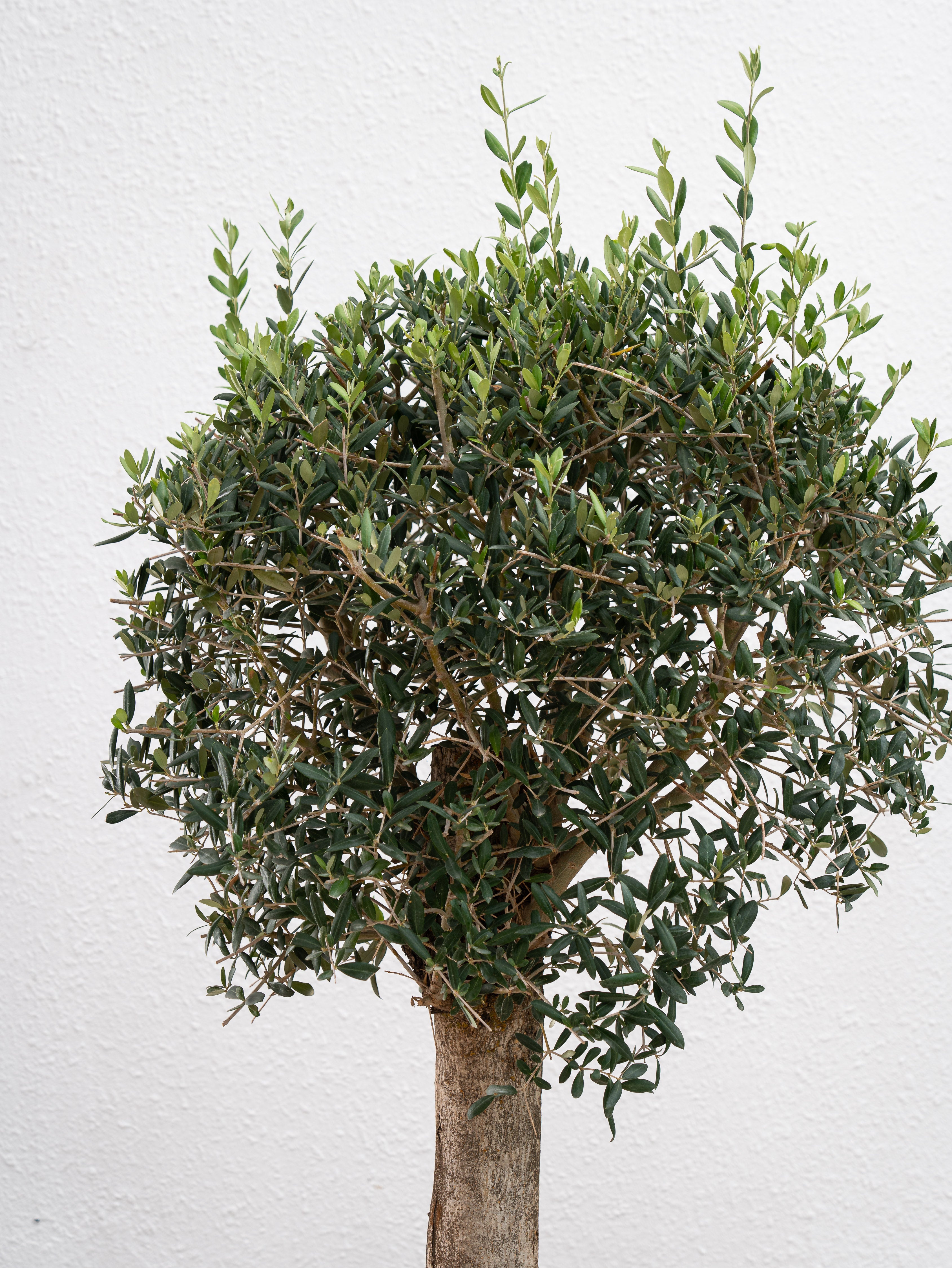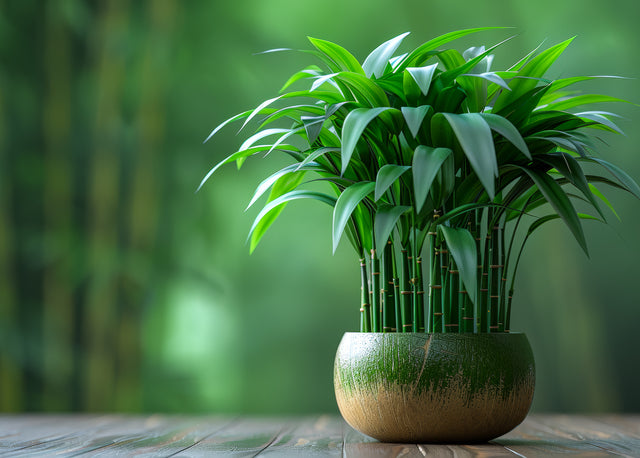Maintaining healthy Aglaonema Pink plants, also known as Chinese Evergreens, can transform your home or office into a vibrant, green sanctuary. These beautiful plants are prized for their stunning foliage and ease of care. However, like all plants, Aglaonema Pink can fall victim to pests that threaten their health and beauty. Opting for organic pest control methods ensures that your plants remain healthy without the use of harmful chemicals. This article explores effective, natural strategies to protect your Aglaonema Pink from pests and keep it thriving.
Understanding Common Pests Affecting Aglaonema Pink

Before diving into pest control methods, it's essential to identify the common pests that target Aglaonema Pink:
1. Spider Mites
Spider mites are tiny pests that create fine webs on the leaves of your plant. They suck sap from the foliage, causing yellow spots and leaf drop.
2. Mealybugs
Mealybugs appear as white, cotton-like clusters on the stems and leaves. They excrete a sticky substance called honeydew, which can lead to mold growth.
3. Aphids
Aphids are small, soft-bodied insects that congregate on new growth. They feed on plant sap, weakening the plant and causing distorted leaves.
4. Scale Insects
Scale insects are immobile pests that attach themselves to stems and leaves. They feed on sap and produce honeydew, attracting ants and promoting sooty mold.
Also Read- Decorating With Aglaonema Pink: Stylish Ideas For Every Room
Organic Pest Control Methods
Using organic pest control methods not only keeps your Aglaonema Pink healthy but also ensures a safe environment for your family and pets. Here are some effective natural strategies:
1. Neem Oil
Neem oil is a powerful natural pesticide derived from the neem tree. It disrupts the life cycle of pests and reduces their ability to reproduce.
How to Use:
- Mix 2 tablespoons of neem oil with 1 gallon of water.
- Add a few drops of mild liquid soap to help the mixture adhere to the plant.
- Spray the solution on all parts of the plant, especially the undersides of leaves.
- Repeat every 7-14 days until the pests are under control.
2. Insecticidal Soap
Insecticidal soaps are made from potassium salts of fatty acids. They are effective against soft-bodied insects like aphids and mealybugs without harming the plant.
How to Use:
- Purchase a commercially available insecticidal soap or make your own by mixing 1 tablespoon of liquid soap with 1 quart of water.
- Spray the solution directly onto the pests, ensuring thorough coverage.
- Apply every few days until the infestation is eliminated.
3. Diatomaceous Earth
Diatomaceous earth is a natural, abrasive substance made from fossilized algae. It damages the exoskeleton of pests, causing them to dehydrate and die.
How to Use:
- Lightly dust the affected areas of the plant, including the soil surface.
- Reapply after rain or watering to maintain effectiveness.
- Use food-grade diatomaceous earth to ensure safety for pets and humans.
4. Garlic and Pepper Spray
A homemade garlic and pepper spray can repel a variety of pests with its strong scent and spicy nature.
How to Use:
- Blend 2 cloves of garlic and 1 teaspoon of cayenne pepper with 1 quart of water.
- Let the mixture sit overnight to infuse.
- Strain the liquid and pour it into a spray bottle.
- Apply to the plant every few days, focusing on the undersides of leaves and stems.
5. Beneficial Insects
Introducing beneficial insects like ladybugs and lacewings can naturally control pest populations. These predators feed on common Aglaonema Pink pests, keeping their numbers in check.
How to Use:
- Purchase beneficial insects from a garden supply store or online.
- Release them around your plant, ensuring they have access to food sources.
- Maintain a suitable environment to encourage their presence.
Also Read- Aglaonema Pink: Watering Tips To Prevent Overwatering And Underwatering
Preventative Measures to Minimize Pest Infestations

Prevention is always better than cure. Implementing the following practices can help keep pests at bay:
1. Regular Inspection
Check your Aglaonema Pink regularly for signs of pests, such as discolored leaves, sticky residue, or visible insects. Early detection allows for swift action before infestations become severe.
2. Proper Watering
Avoid overwatering, as damp conditions can attract pests and promote mold growth. Ensure your plant has well-draining soil and a suitable watering schedule.
3. Cleanliness
Keep the area around your plant clean by removing fallen leaves and debris. This reduces hiding spots for pests and prevents the spread of infestations.
4. Adequate Air Circulation
Good air circulation helps prevent the conditions that favor pest development. Ensure your Aglaonema Pink is placed in a well-ventilated area, avoiding overcrowded spaces.
5. Healthy Plant Practices
Maintain the overall health of your Aglaonema Pink by providing proper lighting, fertilization, and care. Healthy plants are more resilient against pest attacks and recover faster from any damage.
Also Read- Enhancing Indoor Air Quality With Aglaonema Pink: A Natural Solution
Conclusion
Protecting your Aglaonema Pink from pests is essential for maintaining its beauty and ensuring its longevity. By utilizing organic pest control methods such as neem oil, insecticidal soaps, diatomaceous earth, homemade sprays, and beneficial insects, you can effectively manage and prevent pest infestations naturally. Coupled with preventative measures like regular inspections, proper watering, cleanliness, adequate air circulation, and healthy plant practices, your Aglaonema Pink will thrive, adding vibrant greenery to your home or office.













Leave a comment
This site is protected by hCaptcha and the hCaptcha Privacy Policy and Terms of Service apply.